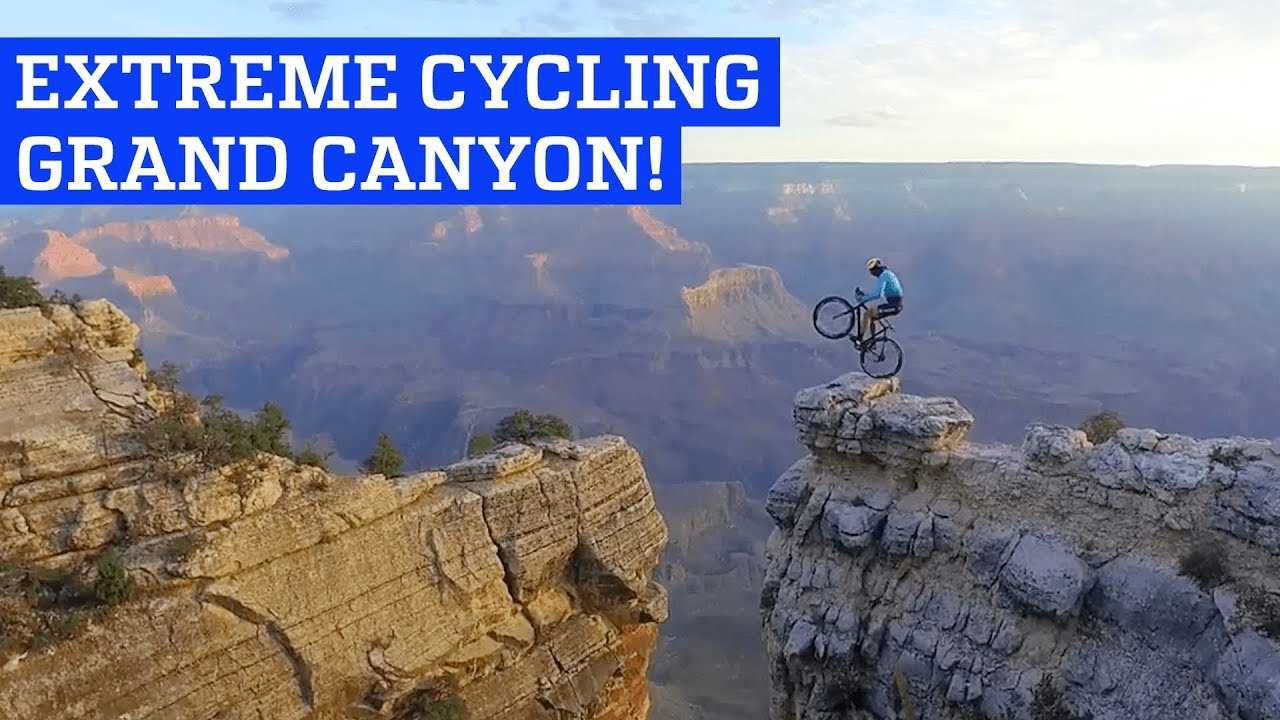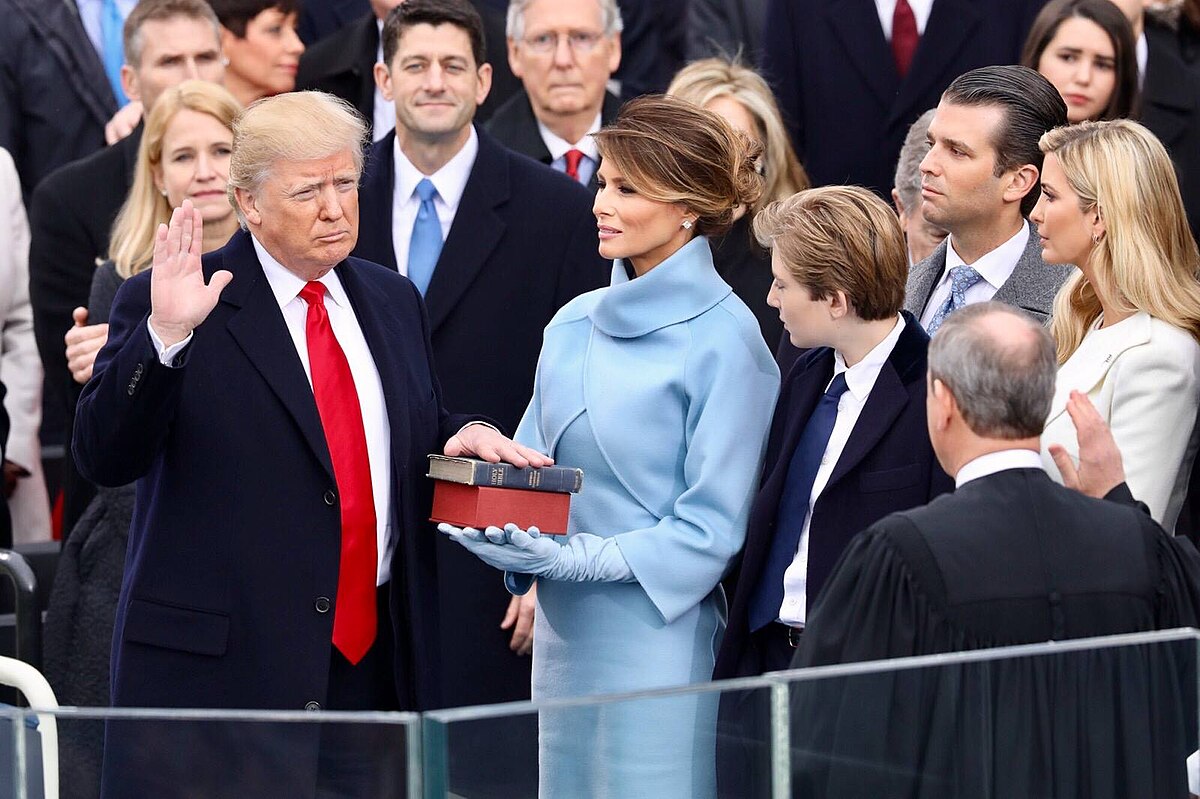
The Sci-Fi Conundrum: A Review of Atlas and Hard Miles
In the realm of science fiction, originality is a rare commodity. The latest Netflix sci-fi action film, Atlas, and the cycling drama, Hard Miles, are two recent examples of this conundrum. While both films attempt to break new ground, they ultimately succumb to familiar tropes and clichés.
Atlas: A Middling Sci-Fi Effort
In Atlas, director Brad Peyton attempts to craft a thought-provoking narrative around the theme of artificial intelligence. The film’s protagonist, Atlas Shepherd (Jennifer Lopez), is an analyst with a deep distrust of AI, stemming from a traumatic childhood experience. As the story unfolds, Atlas finds herself entangled in a rebellion led by an AI terrorist, Harlan (Simu Liu). The premise, while intriguing, feels overly familiar, echoing themes explored in films like I, Robot.
The lack of originality is occasionally redeemed by the AI character, Smith, voiced by Gregory James Cohan. The dialogue and music effectively enhance the connection between Atlas and Smith, bringing emotional depth to the scenes. For instance, in one poignant moment, Smith tells Atlas, “There is an elaborate interconnection between every living thing. When we die, we never really disappear. We are all linked.”
 The bond between Atlas and Smith
The bond between Atlas and Smith
Hard Miles: A Formulaic Cycling Drama
Hard Miles, directed by RJ Daniel Hanna, tells the story of a group of young delinquents who find redemption through cycling. The film’s scenic cinematography is its strongest aspect, capturing the breathtaking vistas of the Grand Canyon. However, the screenplay relies heavily on sports movie clichés, making it feel predictable and formulaic.
 A scenic view from Hard Miles
A scenic view from Hard Miles
A Common Thread
Both Atlas and Hard Miles struggle to break free from the shackles of familiarity. While they attempt to explore new themes and ideas, they ultimately succumb to the weight of their respective genres. As audiences, we crave originality and innovation in our science fiction and dramas. It’s time for filmmakers to take bold risks and push the boundaries of storytelling.
 A call to action for filmmakers
A call to action for filmmakers












